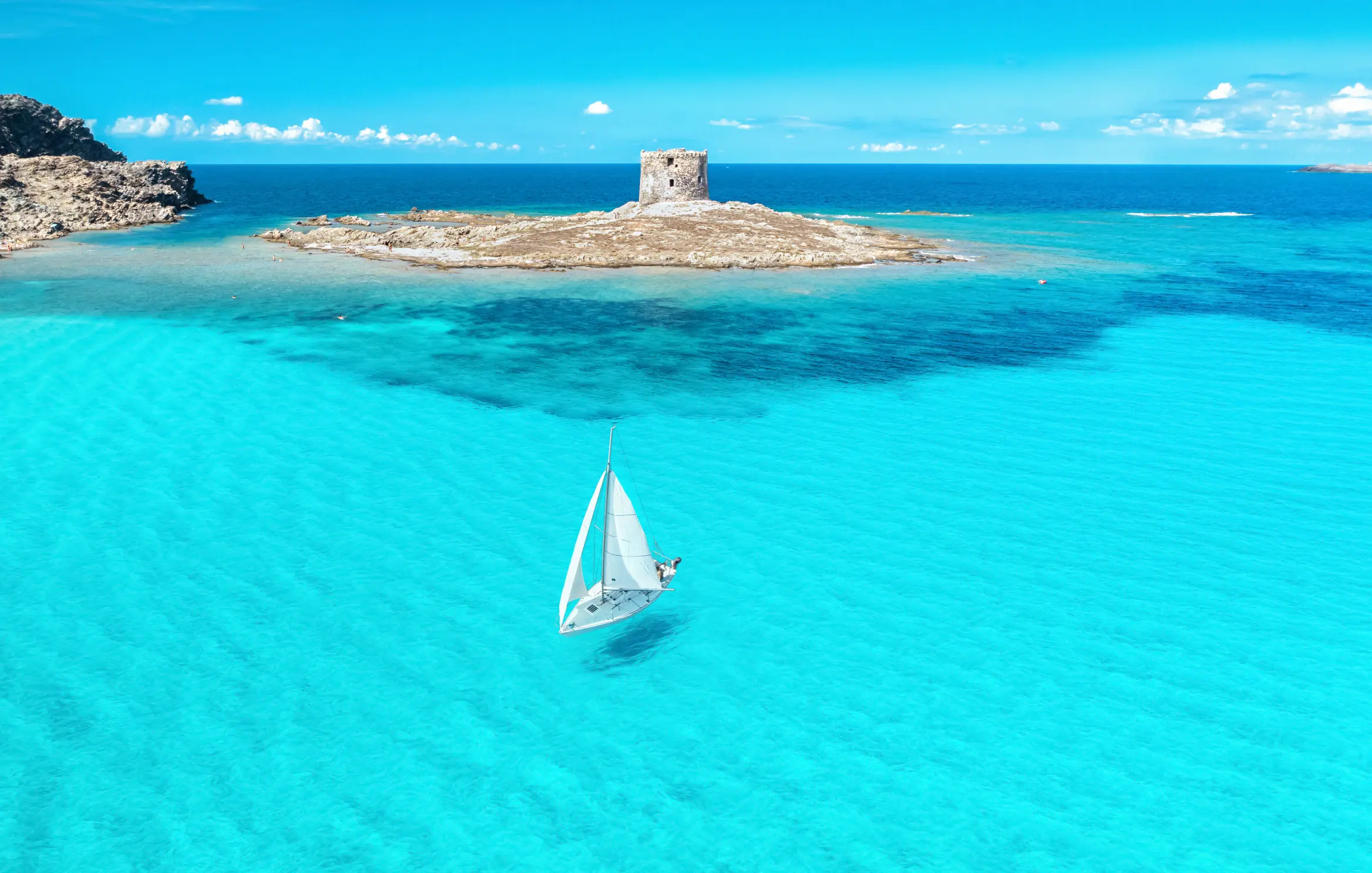10 habits from the world's 'Blue Zones' that prolong life
What do people in Sardinia, Okinawa and Nicoya have in common? Not only do they live long -- they also feel good in the meantime. Here are 10 longevity habits to be inspired by.

Introduction
Blue zones are areas where an unusually high number of people live well past 90 — with vitality maintained.
Researcher Dan Buettner and National Geographic have identified five such regions: Okinawa (Japan), Sardinia (Italy), Nicoya (Costa Rica), Ikaria (Greece) and Loma Linda (California).
But what is it that they do differently?
The answer lies in simple, consistent habits -- not magic genes.
In this article, we explore their common lifestyle patterns and how you can start applying them in everyday life yourself.
What is a blue zone -- and why does it matter?
A “blue zone” is a geographical location where people live longer than average and with fewer age-related ailments.
Common to residents is an active everyday life, stress-free routines, social ties and nutritious, plant-based food.
Several of the habits in these regions have been shown to be linked to lowered biological age, reduced low-grade inflammation, and better mitochondrial function.
1. They move naturally — every day
In blue zones, you don't exercise in gyms.
Instead, movement is built into everyday life: gardening, walking, cycling, climbing slopes. It strengthens the heart without stressing the body.
Hint: Incorporate 30 minutes of low-intensity movement into your routine -- Zone-2 workouts, walking or cycling.
2. They eat a lot of plants
The diet is dominated by legumes, vegetables, whole grains and olive oil. Meat? Sometimes — as a condiment rather than a main course.
Relivo angle: Many of the micronutrients found in blue zone diets (such as magnesium, folate, potassium) can be found in Relivo Complete Nutrition.
3. They eat until they are 80% full
In Okinawa it is called “Hara Hachi Bu”.
The point is simple: stopping before you're crammed gives the body a chance to balance energy intake.
Hint: Use smaller plate, chew slowly and wait 20 minutes before taking more.
4. They stress less, but recover more often
Ikaria has almost no bells.
In Loma Linda, Sabbath day is taken. Regular recovery is not luxury -- it's a lifestyle.
Hint: Try 5 minutes of daily breathing or a digital 24-hour break every week.
5. They have a clear purpose
Okinawans call it Ikigai “The reason to get up in the morning.”
A sense of meaning protects against passivity and loneliness.
Hint: Write down what gives you energy — and incorporate more of it into the week.
6th. They belong to community
In all blue zones, social togetherness plays a central role -- meals with family, neighbors sharing work, friends to rely on.
Hint: Prioritize meals without a screen. Ask a simple question at the dinner table: “What was the best thing about your day?”
7. They sleep in rhythm with nature
Longer nights = longer sleep. Shorter days = more daylight. Blue Zone residents live with the light, not against it.
Hint: Darken the bedroom, have dinner no later than 7pm and reduce blue light in the evening.
8. They drink in moderation -- or not at all
A glass of red wine is common, but rarely more.
Sometimes it's non-alcoholic -- the drink plays secondary role to the social context.
Hint: Do you want the wine effect? Choose non-alcoholic polyphenol-rich options such as hibiscus, aronia or grape seed extracts — several are available in Relivo.
9. They eat their biggest meal in the middle of the day
Many blue zones serve their most nutritious meal at lunch. Dinner is light and early.
Hint: Postpone dinner 30—60 minutes earlier. Try eating the biggest meal of the day for lunch.
10. They live slowly
The pace in blue zones is consistently calm.
They wait for each other. Do one thing at a time. That rhythm produces less wear and tear on the body and mind.
Hint: Block 1-2 hours a week to do absolutely nothing—for real.
How to connect blue zone habits to modern everyday life
You don't have to move to Greece. Small, consistent steps go a long way.
Add a scoop of Relivo into your morning routine, go for a walk while listening to the podcast, switch one dinner a week to bean-based stew -- and notice the difference.
It's not about perfection. It's all about direction.
FAQs
What is a blue zone?
A place where unusually many people live long and feel good -- often over 90.
Is it genes or lifestyle that determines?
Research shows that 70-80% is due to lifestyle factors such as diet, movement, sleep and stress management.
Does this work in Sweden too?
Absolutely -- it's more about habits than location.
Summary
Blue zones are no fantasy -- they're evidence of what happens when we do the little thing right, every day.
You can start today.
With a walk. A scoop of nutrition. A meal with someone you like.
References
- D. Buettner The Blue Zones: Lessons for Living Longer From the People Who've Lived the Longest. National Geographic Books, 2022.
- Willcox DC, Willcox BJ, Hara Y et al. They really are that old: a validation study of centenarian prevalence in Okinawa, Japan. J Gerontol A Biol Sci Med Sci. 2008; 63 (4) :338—349.
- Lehtisalo J et al. Salute dietetic changes in the Finnish Geriatric Intervention Study to Prevent Cognitive Impairment and Disability (FINGER). Nutrients. 2017; 9 (4) :431.
- Giudici KV et al. Vegetarian dietary patterns and mortality in Adventist Health Study 2. JAMA Intern Med.2013; 173 (13) :1230—1238.
- Trichopoulou A et al. Adherence to a Mediterranean diet and survival in a Greek population. N Engl J Med.2003; 348 (26) :2599—2608.
- Danial NN. Ikigai and longevity in Okinawa: an integrative review of cultural determinants. J Holist Nurses.2021; 39 (4) :307—320.
- Mattson MP “et al. Meal frequency and timing in health and disease. Proc Natl Acad Sci USA.2014; 111 (47) :16647—16653.
- Patterson RE et al. Intermittent fasting and human metabolic health. J Acad Nutr Diet. 2015; 115 (8) :1203—1212.
- Mahoney CR “et al. Chronic stress, cortisol dysfunction, and fatigue: a review. Psychoneuroendocrinology.2021; 123:105021.
- López-Otín C et al. The hallmarks of aging. Cells. 2013; 153 (6) :1194—1217.









